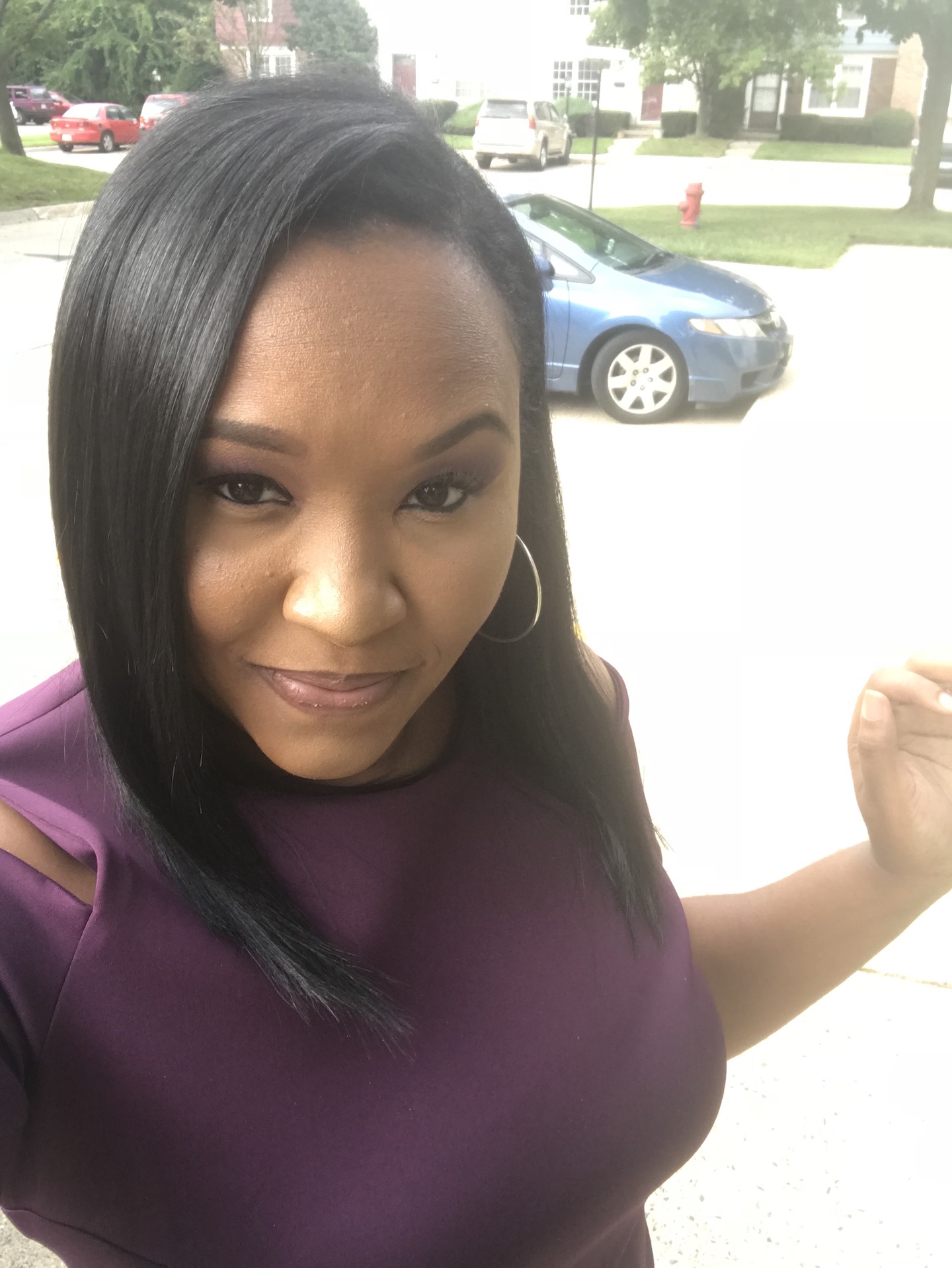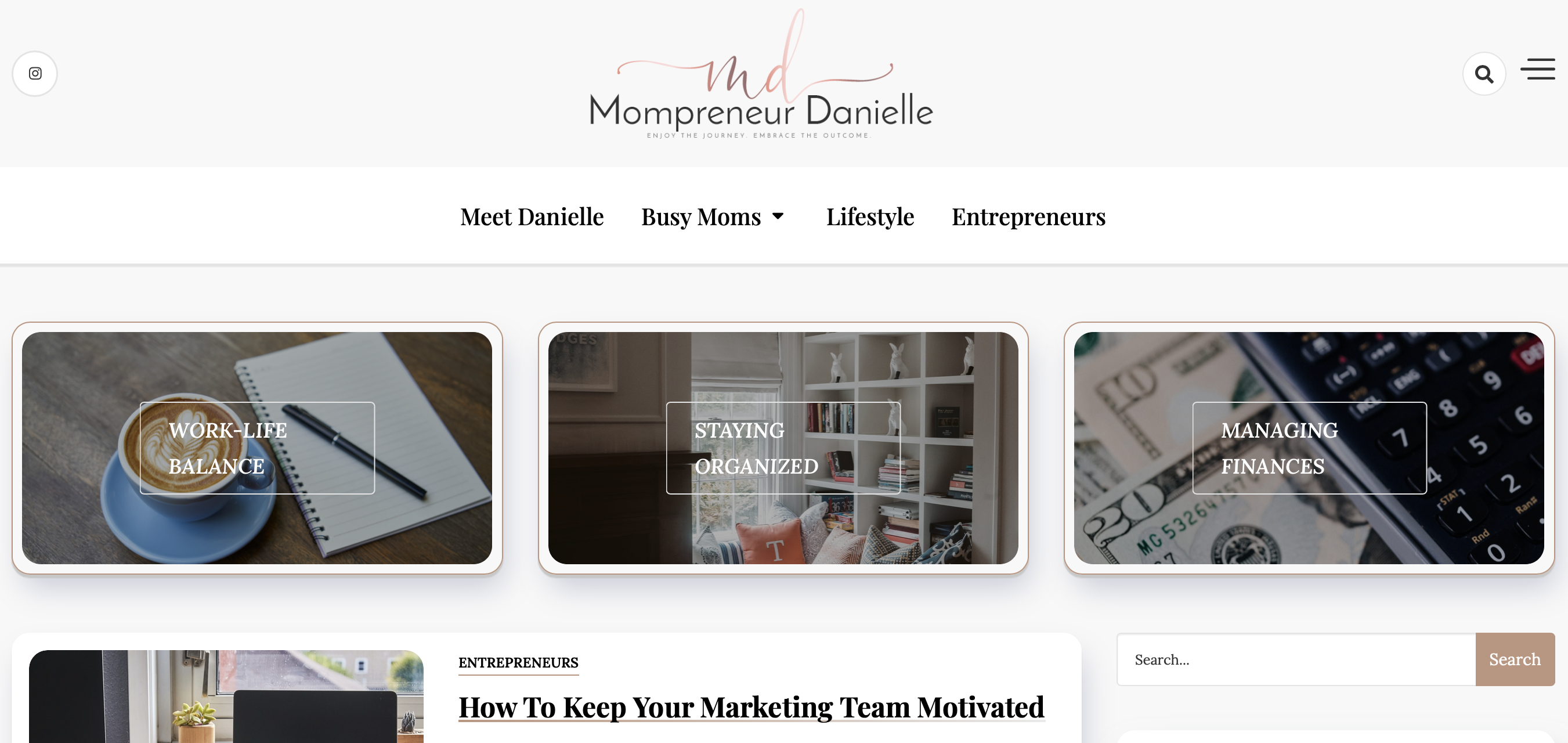How to Start a Successful Thriving Blog in 2021
Are you thinking of starting a successful thriving blog in 2021? It’s easier than ever to launch, grow, and succeed with blogging. Every bit of information and tool you could ever need is right at your fingertips. The beauty of it all is that you don’t need any web design or programming knowledge to get started, either.
Still, blogging is both an art and a science. If you want to launch a successful, thriving blog, there are several steps you’ll need to follow.
Find Your Niche
Right now, you know you want to start blogging. But you’re probably asking yourself the question, what should I blog about? For any blog to succeed, there needs to be a focus or theme.
A niche will make it easier to target and rank for search terms that drive traffic to your website from Google search.
Here are some examples of niches:
- Fitness
- Cooking
- Wellness
- Parenting
- Making money online
- Personal finance
- Self-improvement
- Beauty
- Fashion
- Traveling
The niche you choose can be as broad as the ones listed above, or it can be more narrowed and targeted (i.e., more specific). For example:
- Fitness for new moms
- Vegan cooking
- Yoga or alternative medicine
- Homeschooling
- Learning Italian
- Entrepreneur Life
- RV Living across the country
Most successful bloggers find that it’s better to choose a narrower topic for search engine optimization (SEO) and driving traffic to their sites.
Let’s say that you wanted to start a travel blog. If you just focused on travel in general, you’d be competing against major brands, like National Geographic or the Travel Channel. It would be much easier to rank and drive visitors to a blog about RV living or traveling as a digital nomad.
How Do You Choose a Niche?
Choosing a topic for your blog is a personal decision, but it’s essential to consider two things:
- Your interest
- The public’s interest (how many people are searching for your blog topic)
I would recommend starting with ideas that interest you. Do you have any hobbies? Think about things you’re passionate about or interested in learning. Blogging is more than just putting words on a page; it’s offering a different perspective or sharing personal experiences on a topic.
Maybe you love cooking, and you can share some of your family’s unique southern cuisine recipes. This is a niche that you’re passionate about, and there are thousands of people searching for southern cuisines every month. It’s a viable niche that could turn into a successful blog if you infuse your personality into it and bring something unique to the table.
Choosing a niche is the most critical step in creating a blog, and you’ll need to do some research before you settle on one.
Start by making a list of potential ideas. Once you have a list, start doing some keyword research to see if there’s enough interest to make your blog a successful one.
Google’s Google Trends is an excellent tool for this purpose, and it’s free to use.
Choose a Domain Name and Hosting
Once you have settled on a niche, the next step is to choose a domain name for your blog and find hosting. Remember that your blog’s name will also be your domain name (your blog’s web address) and your brand.
Ideally, your blog name should describe your niche or even include search terms. Let’s use the southern cuisine recipes blog example. A blog name like “Joi’s Southern Cuisines” would work well. It’s short, simple, and easy to remember, which makes it great for brand building. But it also describes the niche and even includes the important term “southern cuisines.”
One issue you may run into when choosing a name is securing the domain name that matches it. Domain names are like telephone numbers – only one person can have it at a time.
As a general rule of thumb, your web address should match your blog’s name. Otherwise, you may confuse your visitors.
Using our blog example, the domain name would be “www.joissoutherncuisines.com.”
While there are other TLDs (top-level domains) available (.org, .net, .biz, .edu, etc.), “.com” is most popular and the easiest for visitors to remember.
If www.joissoutherncuisines.com is unavailable, other TLDs may be up for grabs, such as .net. But usually, it’s better to choose a name with the .com TLD available.
How do you know if a domain name is available?
Use a domain name search. Here are some free ones to try:
What About Hosting?
When choosing hosting, your budget will play a key role in your decision. While shared hosting is still an option, cloud hosting will allow you to scale as your traffic grows instantly.
I would recommend taking the time to find hosting that fits your needs and budget. Here’s a great guide from CNet on how to choose web hosting.
Create a Plan for Content Creation
You now have a niche, a domain name, and hosting. Your blog is set up and ready for your first post. What will you post about?
That’s where your content plan comes in.
Creating a plan for your content will accomplish several things:
- Cover important topics your visitors want to learn about
- Keep you on track so that you post regularly
- Create a roadmap to success
There are several things that your content plan should cover:
- Topics and titles for each post
- Keywords to target for each post
- Angle, tone, and goal of the post
- References and resources
If you’re thinking “this sounds like a lot of work,” that’s because it is. However, it’s worth the time and effort because you’ll have direction, and you’ll include topics/search terms that will drive more traffic to your blog.
Content creation and planning is a complex topic. Here’s a great guide from SEMRush that can help you better understand the process.
Promote Your Content to Build a Following
As you start creating and posting content, you’ll need to promote it. Promotion is one of the most important parts of the blogging process. Without it, you’ll have a hard time driving visitors to your blog.
There are many ways to promote blog content:
- Social media. Share your posts on Facebook, Twitter, Instagram, LinkedIn, and other social networks.
- Other blogs. Consider reaching out to other bloggers or websites to share your posts. If they think it will interest their visitors, they may share it on their site.
- Influencers. Social media influencers may be willing to share your content with their followers.
Monetize Your Blog
Once you have a nice collection of blog posts and you’re getting some traffic to your blog, you can start thinking about ways to monetize your traffic. There are several ways to start making money with your blog:
- Advertisements
- eBooks or physical books
- Courses
- Products
- Affiliate marketing
- Sponsored posts
These are just a few ideas you can use to make money with blogging.
Starting a successful thriving blog in 2021 is a fun, exciting adventure. But it’s important to be consistent, create a plan, and follow through with it. Follow the steps above, and you’ll be well on your way to developing a successful, thriving blog.


